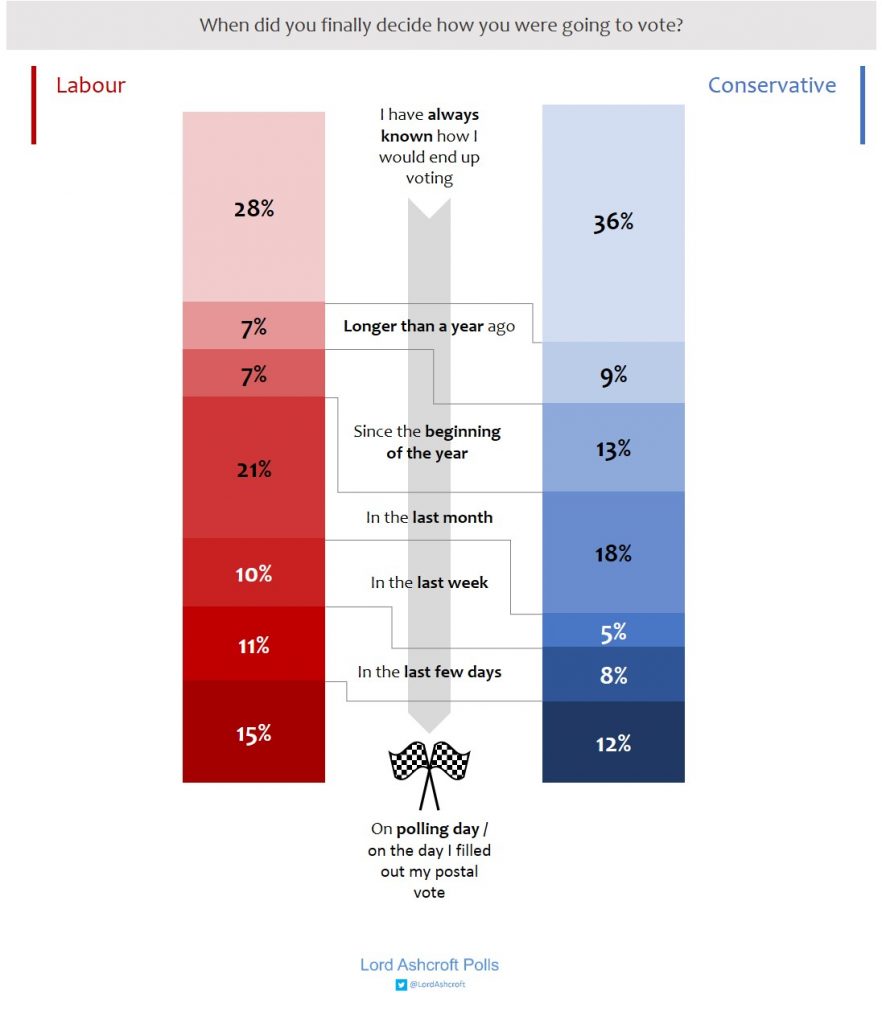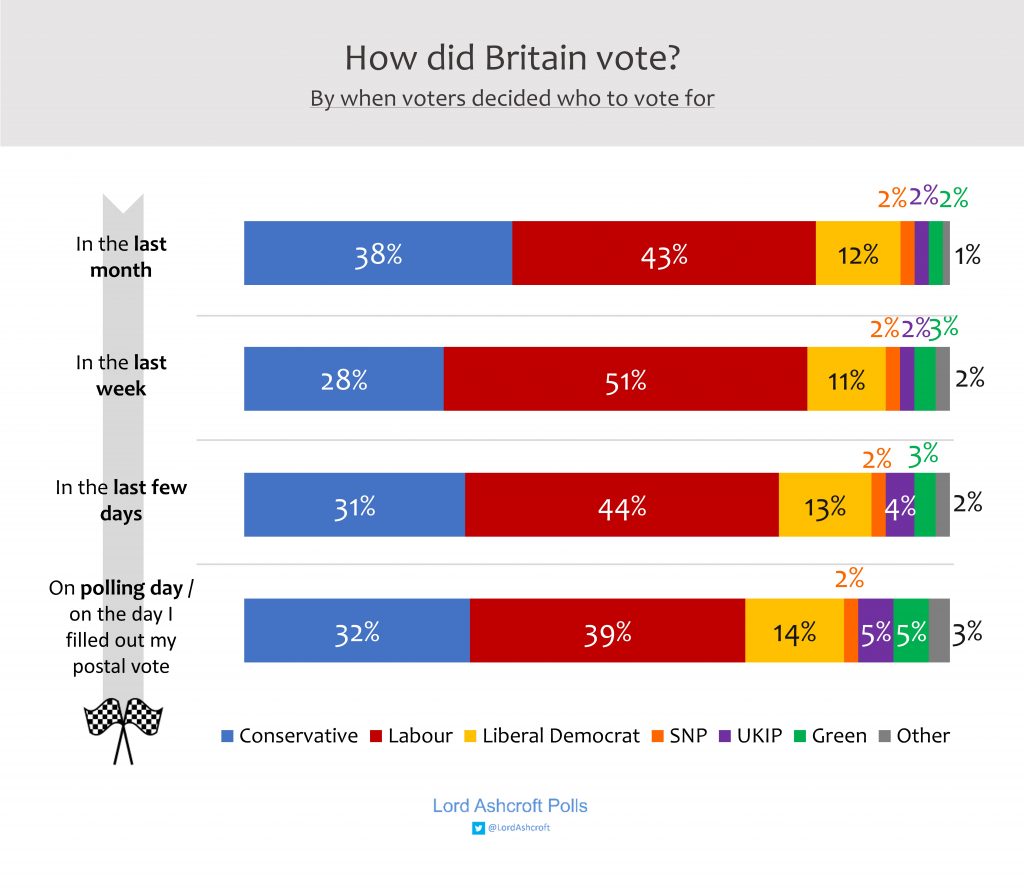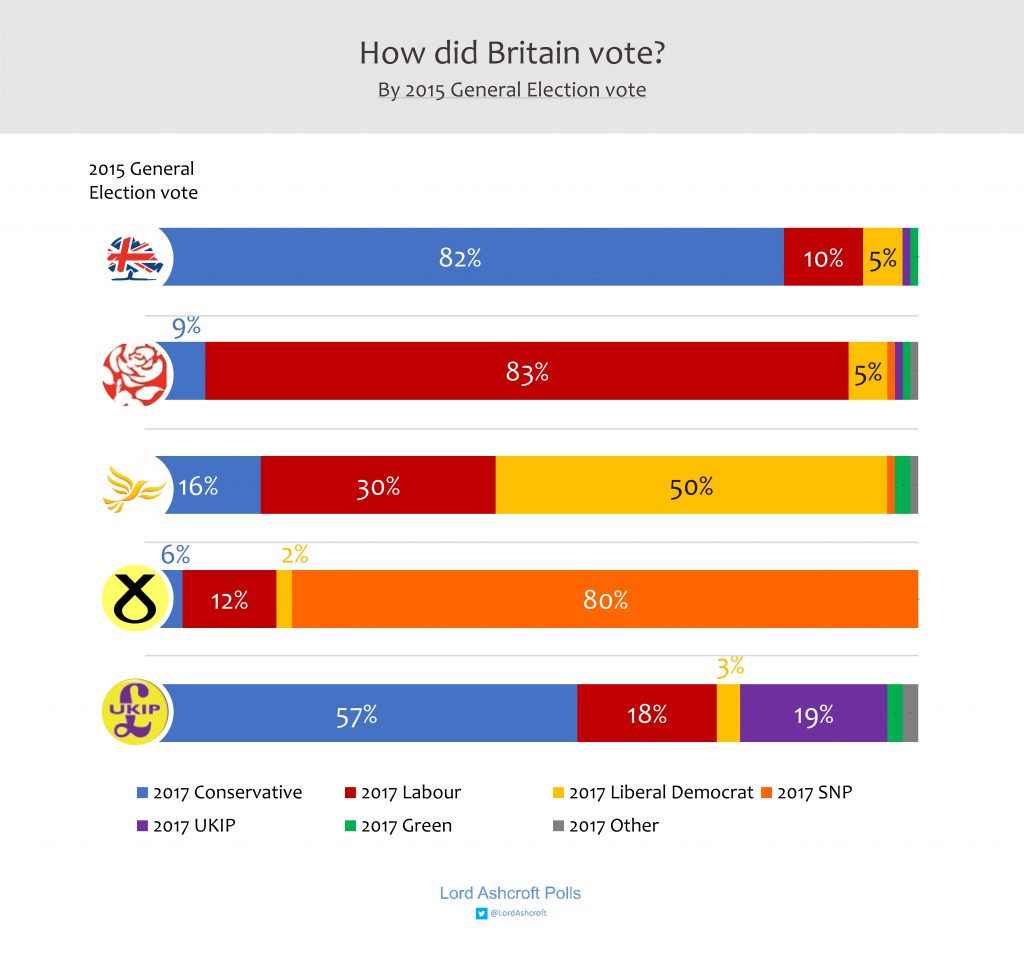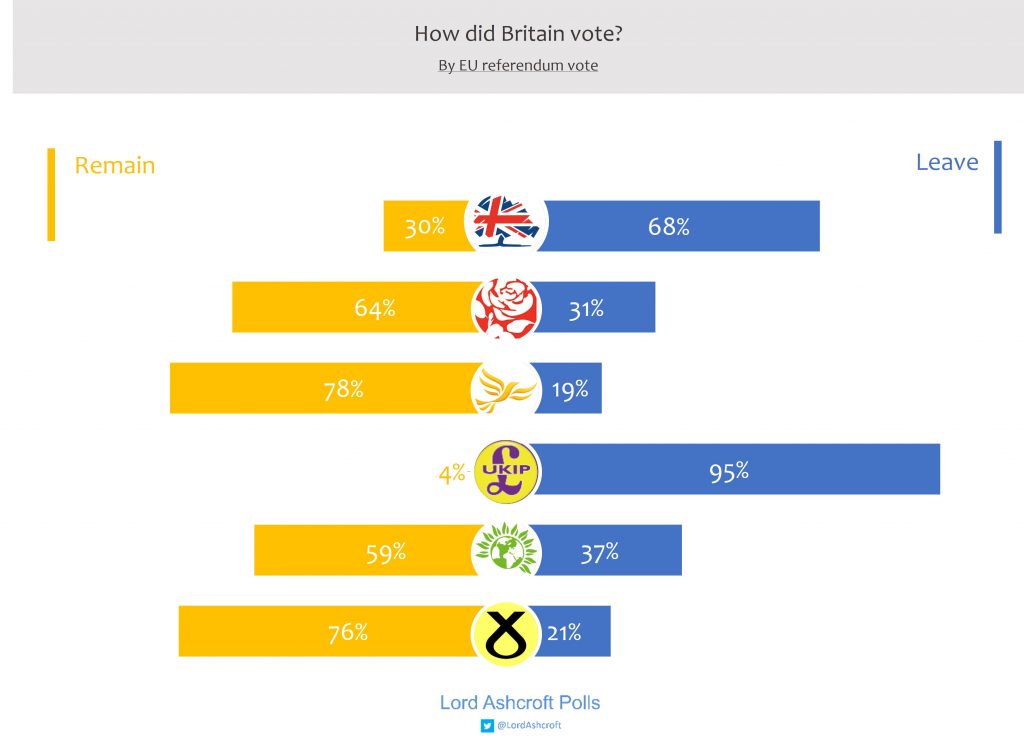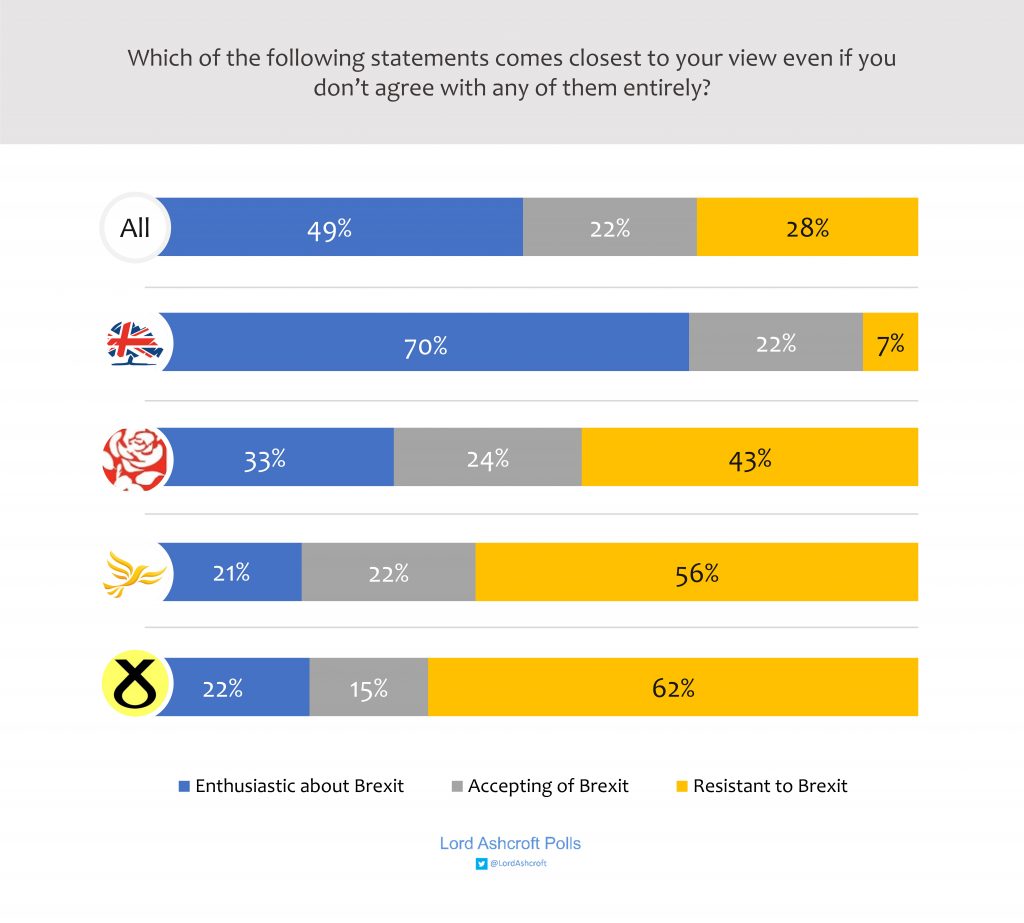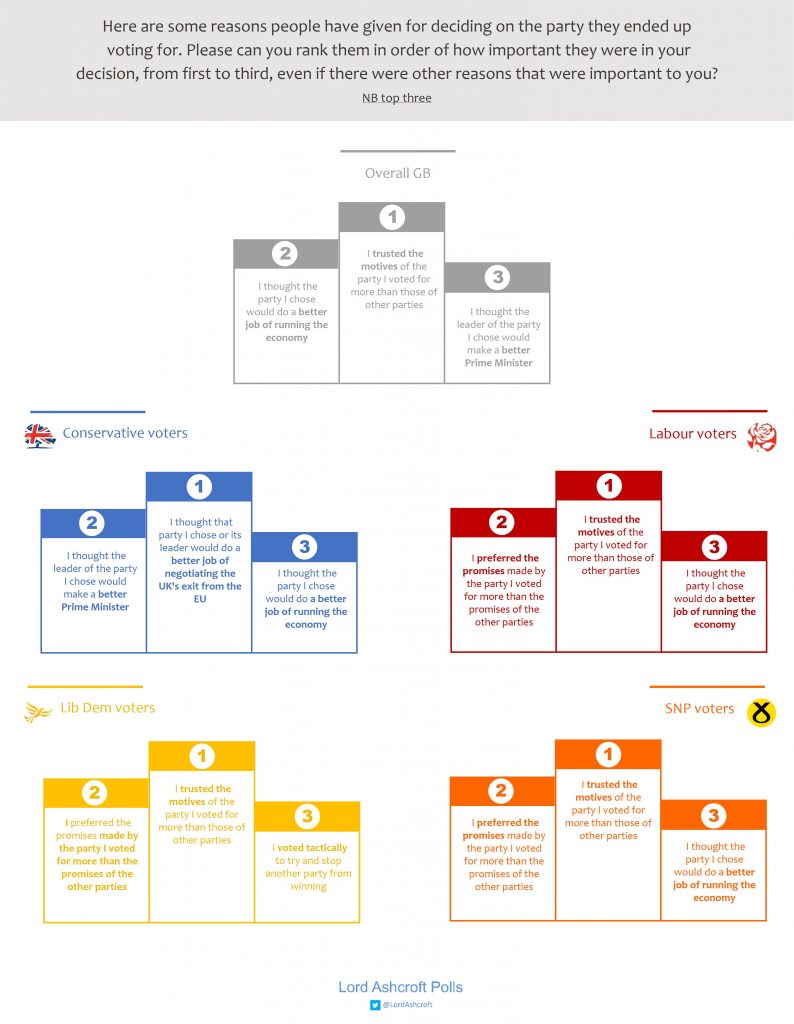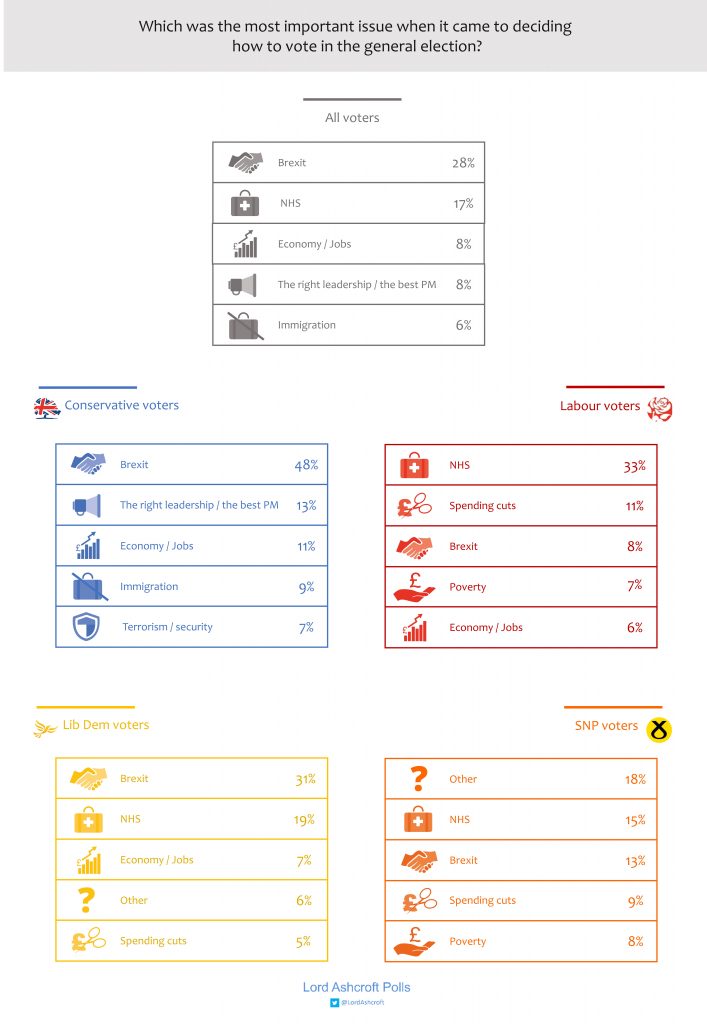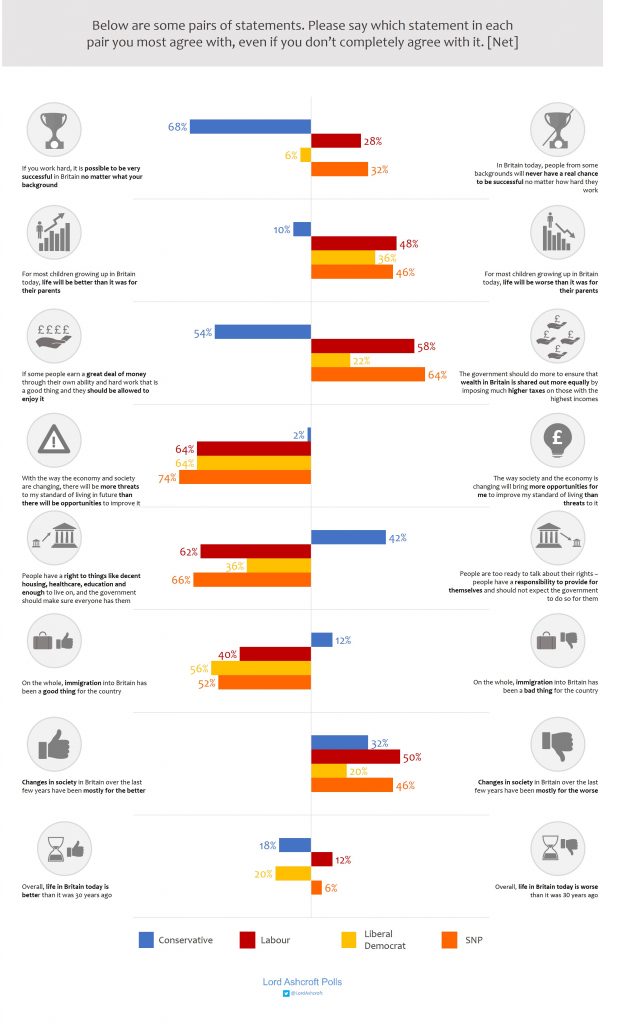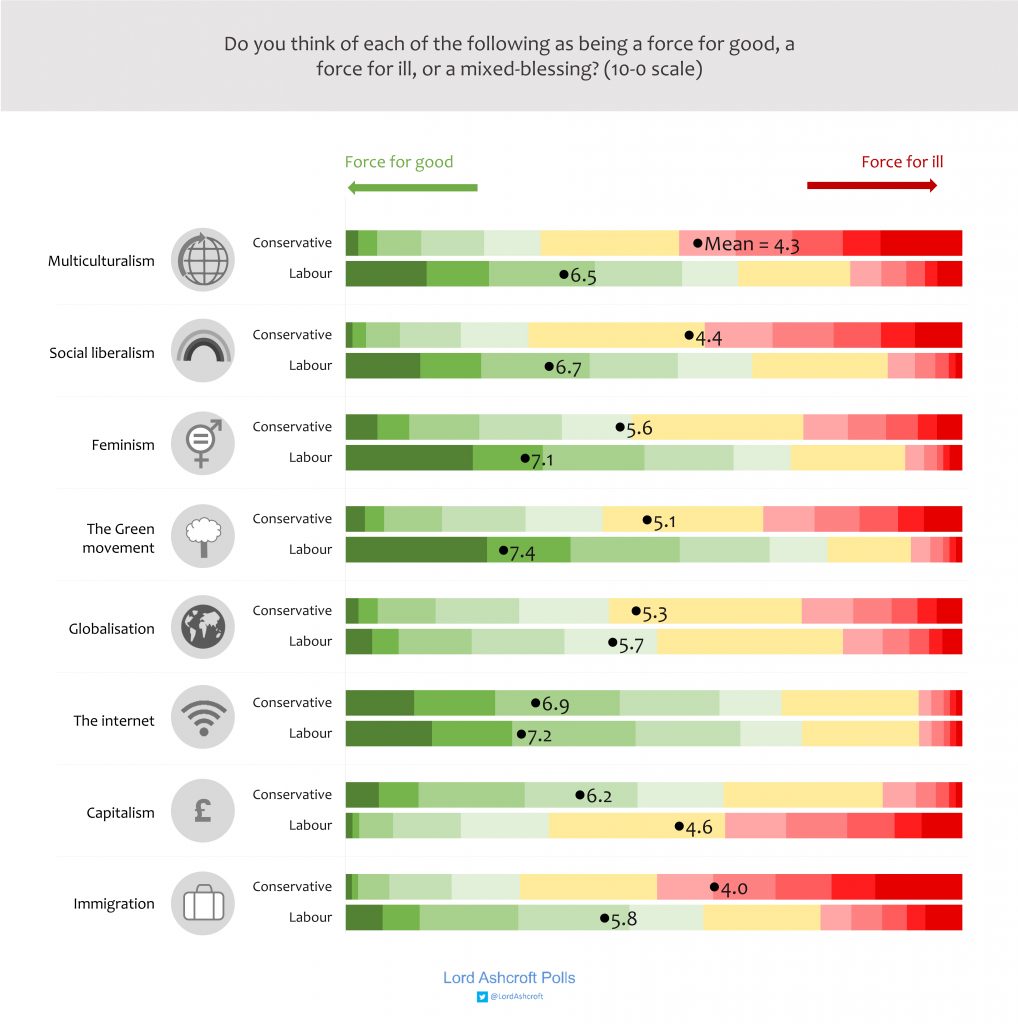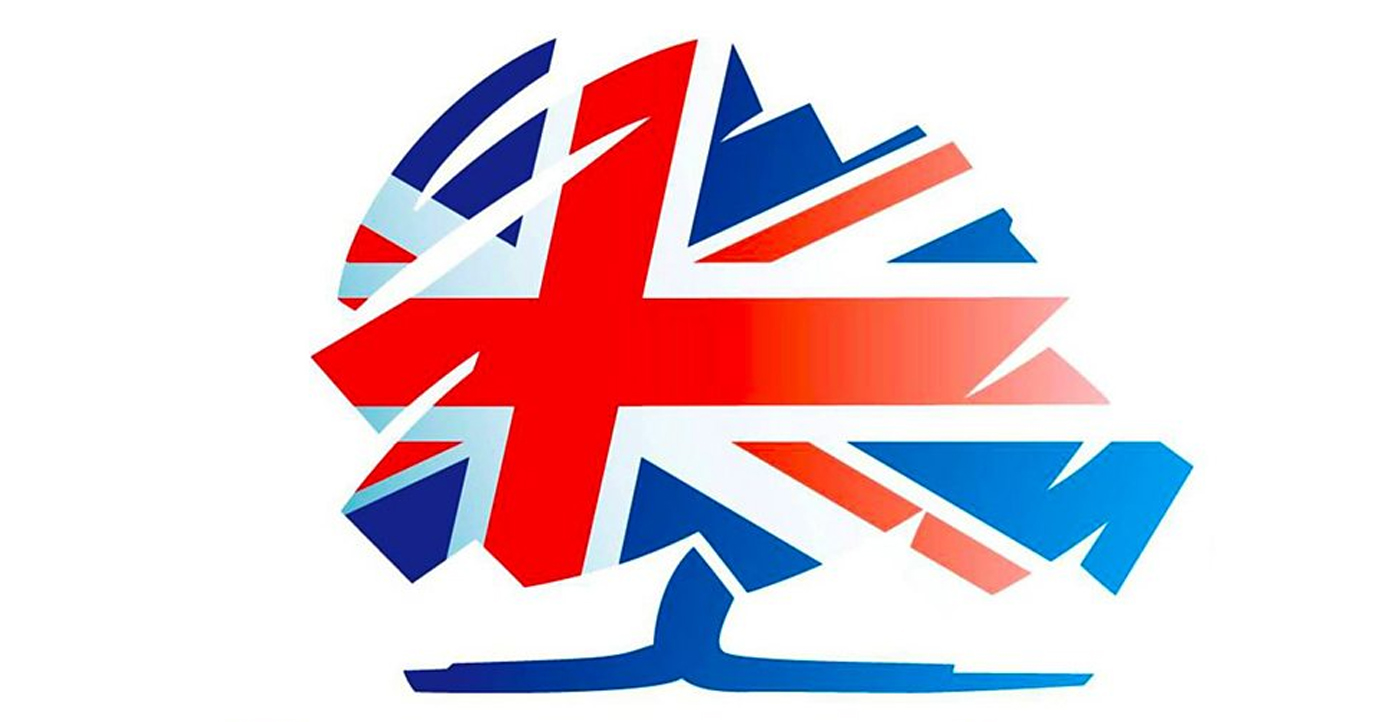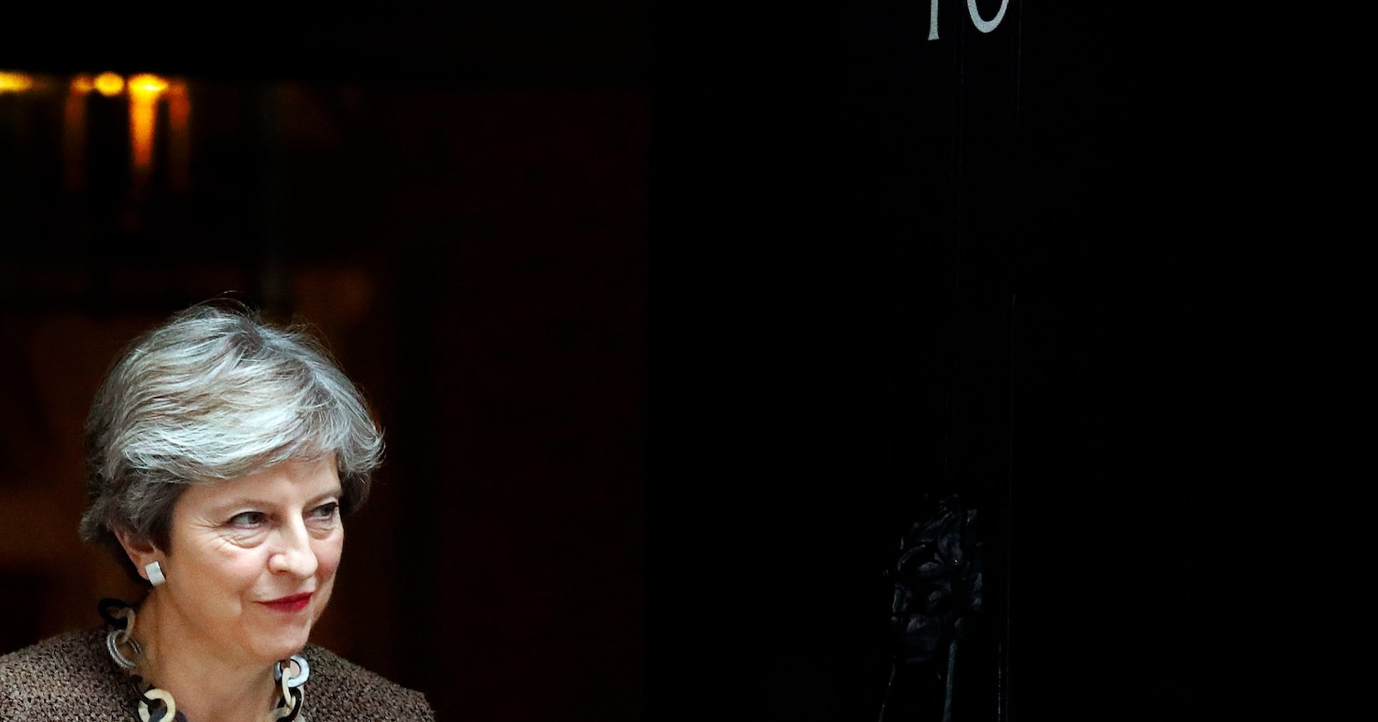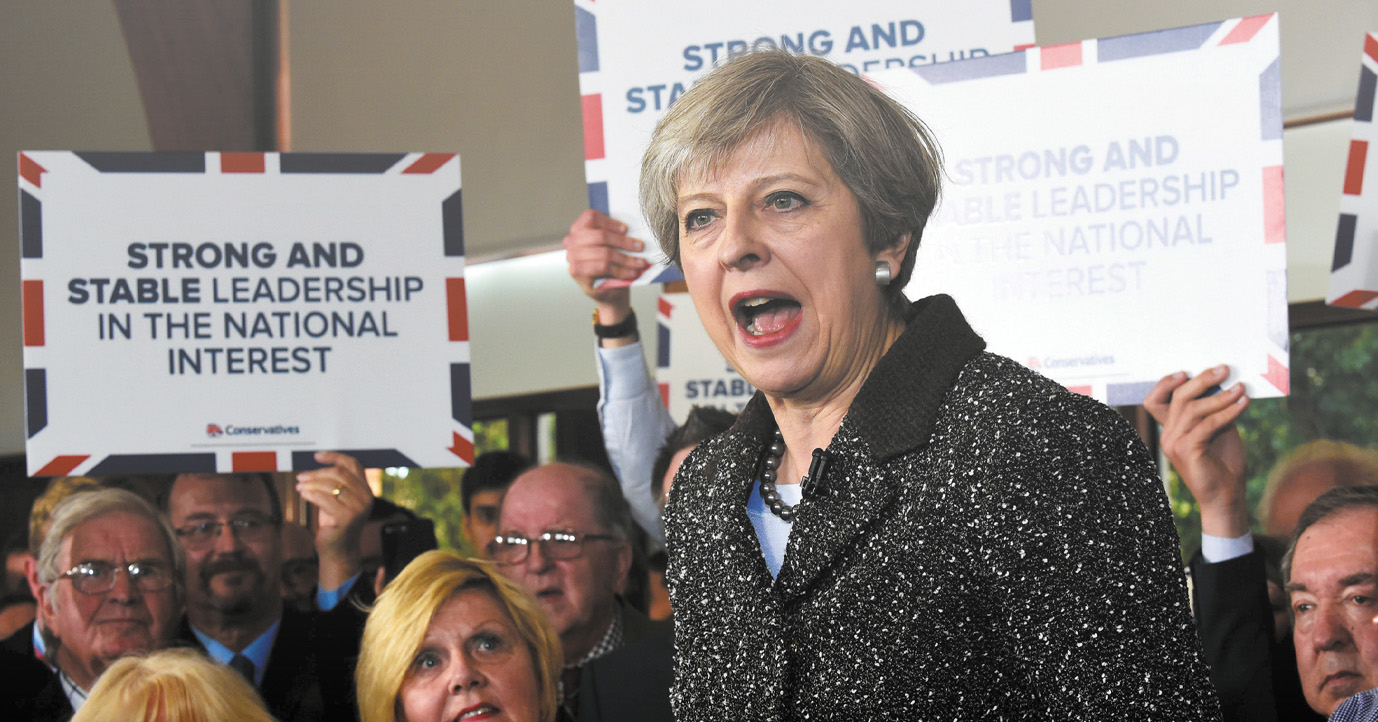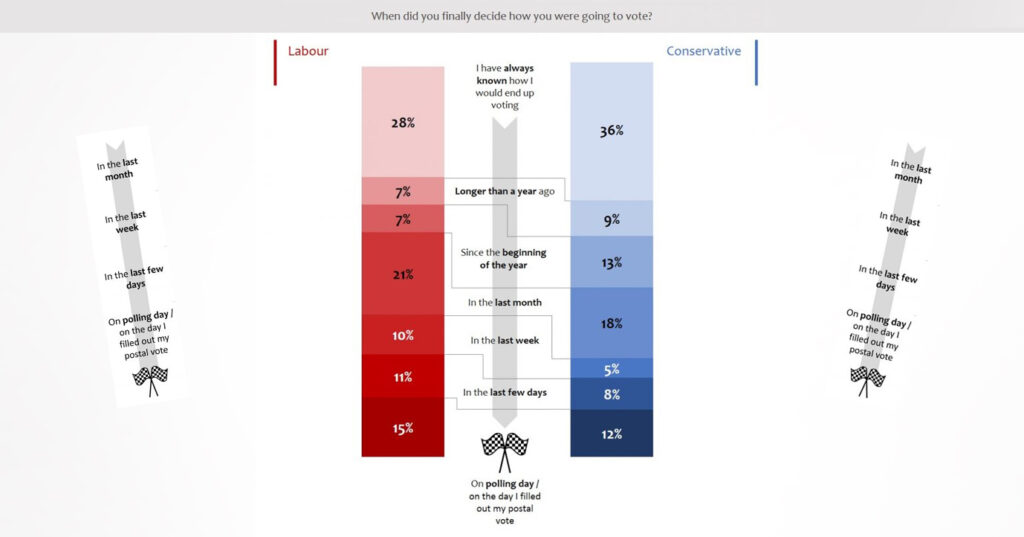
I surveyed over 14,000 people on election day who had already cast their vote to help understand how this unexpected result came about. My poll came very close to reflecting the outcome of the election, with 41% saying they had voted Conservative, 39% Labour, and 9% voted Liberal Democrat (the result in Great Britain has been 43% Conservative, 41% Labour, 7% Lib Dems). The survey found two thirds of those aged 18 to 24 saying they voted Labour, as did more than half of those aged 25 to 34. Voters aged over 55 broke for the Tories.
Labour voters made their minds up much later in the campaign than those who backed the Tories. More than half (57%) of those who voted Labour made their decision in the last month, and more than a quarter (26%) in “the last few days”. Conservatives were more likely to have known how they would vote before the campaign started.
Voters who made up their minds towards the end of the campaign were more likely to vote Labour than Conservative.
The survey found that 82% of those who voted Conservative in 2015 did so again yesterday, with one in ten switching to Labour and one in twenty going to the Lib Dems. Meanwhile, 83% of 2015 Labour voters stayed with their party, with only 9% going to the Conservatives. Half of those who voted Lib Dem last time round did so again this time, as did eight in ten SNP voters. Just over half (57%) of UKIP voters said they had switched to the Tories; fewer than one in five (19%) said they had stayed with their 2015 parties.
Six in ten of those who said they had voted Leave in the EU referendum backed the Conservatives in the general election; a quarter of leavers voted Labour. Only a quarter of Remain voters voted Conservative; just over half (51%) voted Labour, and a quarter of remainers voted Liberal Democrat.
To look at this question the other way round, just over two thirds (68%) of those who voted Conservative said they had voted Leave in the referendum. Just under two thirds (64%) of those who voted Labour said they had voted to remain in the EU, as did nearly eight in ten Liberal Democrats.
Seven in ten Conservative voters said they wanted Brexit to happen as soon as possible. Only 33% of Labour voters said the same; 43% said they would still like to prevent Brexit from happening if possible, as did more than half (56%) of Liberal Democrat voters.
Presented with a list of reasons which might have been behind their vote, Labour, Lib Dem and SNP voters said the most important factor had been that they trusted the motives of the party they chose; next, that they had preferred that party’s promises. Conservative voters had different priorities: their most important reason was thinking the party or its leader would do a better job of negotiating Brexit; followed by the belief that Theresa May would be the best Prime Minister.
Asked unprompted which issues had been the most important in their voting decision, Conservatives were most likely to name Brexit (as were Liberal Democrats), followed by having the right leadership. Labour voters, meanwhile, were most likely to name the NHS and spending cuts. Only 8% of Labour voters named Brexit as the most important issue in their decision, compared to 48% of those who voted Conservative.
We also compared the social and cultural attitudes of voters for different parties. Conservative voters were by far the most likely to think it was possible for anyone who worked hard to be successful whatever their background, and the only group more likely than not to think that for most children growing up in Britain today, life would be better than it was for their parents.
Those who had voted Conservative were more positive than Labour voters about capitalism, but less positive about multiculturalism, social liberalism, feminism, the Green movement and immigration.

